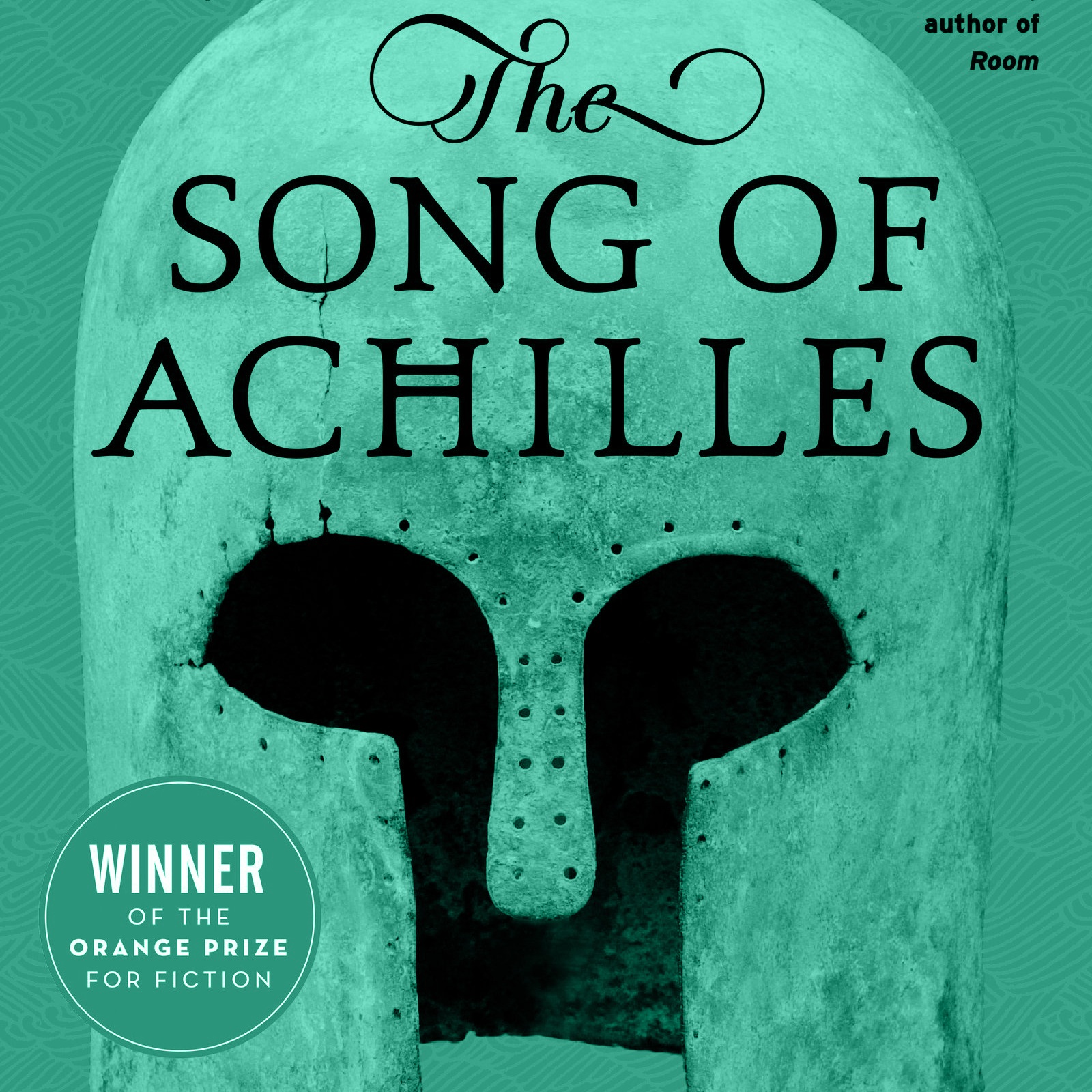LITERARY FIGHTER
By BRADY JONES
@modernangelo
With the Academy Award nominated film “If Beale Street Could Talk,” acclaimed and accomplished American author James Baldwin’s name reclaimed national attention.
Baldwin, a prolific writer and Civil Rights Era activist, explored themes of race and sexuality in his work. He was a prominent and potent voice for equality of many kinds, and his enduring critiques of racism, religion, misogyny, and homophobia within American culture is sadly just as relevant today as it was during the social upheavals of the ‘60s and ‘70s.
His novel “Giovanni’s Room,” written in 1956, was extremely controversial for its overtly gay and bisexual themes and content. His publisher urged Baldwin not to publish the book for fear of alienating the Black audience he had cultivated with his first book, “Go Tell It On The Mountain”. But Baldwin pressed on, and the book was well received.
It is listed at No. 2 on The Publishing Triangle’s list of 100 best LGBTQ novels.
“Love takes off masks that we fear we cannot live without and know we cannot live within.”
James Baldwin in Istanbul, Turkey, 1969.
(Anonymous/AP)
Five Things
(by The Root)
James Baldwin—novelist, essayist and simply one of the greatest writers of all time—would have turned 90 this year. New York Live Arts is marking the occasion with “The Year of James Baldwin,” a celebration of the writer’s life and legacy. The festivities begin today and run through April 27, with “Jimmy at High Noon,” a series of daily readings by actors, musicians and writers including Jesse L. Martin, Nikky Finney, Toshi Reagon, Ruben Santiago-Hudson, Patricia J. Williams and André De Shields. In the spirit of the celebration, here are five things you may not have known about the noted author.
1. He was a teen preacher.
From age 14 to 17, Baldwin was a minister—like his stepfather—after he experienced what he called “a prolonged religious crisis.” As he described in The Fire Next Time: “I became, during my fourteenth year, for the first time in my life, afraid—afraid of the evil within me and afraid of the evil without.” He would eventually leave the pulpit after becoming disillusioned by Christianity. Religion would be a theme he would revisit in his works, including his debut novel, the semiautobiographical Go Tell It on the Mountain.
2. He was a film critic.
Baldwin didn’t only reserve his razor-sharp intellect to dissect the meatier topics of race and social justice. In his book-length essay, “The Devil Finds Work”—which the Atlantic recently dubbed “The Most Powerful Piece of Film Criticism Ever Written”—Baldwin offers some compelling insights about the politics of American cinema.
3. He was a poet.
Using an economy of words, Baldwin could say more than most folks do with volumes. Though he only released one book of poems, Baldwin wrote poetry throughout his life. Beacon Press recently released a new collection of his only published book of poetry, titled Jimmy’s Blues and Other Poems.
4. He was a student of noted Harlem Renaissance poet Countee Cullen.
In the twilight of his career, Cullen—whose book of poetry, Colors, was a touchstone in the Harlem Renaissance movement—worked as a French teacher at Frederick Douglass Middle School, where Baldwin was a student. Cullen exposed Baldwin to great black writers and shared his experiences of living in France.
5. His desire to leave America was partly influenced by his best friend’s suicidal leap off the George Washington Bridge.
Baldwin felt the only way he could survive as a black man was to leave the United States and go to Paris, which he did in 1948 with just $40 in his pocket. In a 1984 interview with the Paris Review, he talked about his decision to leave: “My luck was running out. I was going to go to jail, I was going to kill somebody or be killed. My best friend had committed suicide two years earlier, jumping off the George Washington Bridge.”
When asked why he chose France, he said: “It wasn’t so much a matter of choosing France—it was a matter of getting out of America. I didn’t know what was going to happen to me in France but I knew what was going to happen to me in New York. If I had stayed there, I would have gone under, like my friend on the George Washington Bridge.”
QUICK FACTS
NAME: James Baldwin
BIRTH DATE: Aug. 2, 1924
PLACE OF BIRTH: Harlem, New York
DEATH DATE: Dec. 1, 1987
PLACE OF DEATH: Saint-Paul de Vence, France
WORKS
Go Tell It on the Mountain
(semi-autobiographical novel; 1953)
The Amen Corner
(play; 1954)
Notes of a Native Son
(essays; 1955)
Giovanni's Room
(novel; 1956)
Nobody Knows My Name: More Notes of a Native Son
(essays; 1961)
Another Country
(novel; 1962)
A Talk to Teachers
(essay; 1963)
The Fire Next Time
(essays; 1963)
Blues for Mister Charlie
(play; 1964)
Going to Meet the Man
(stories; 1965)
Tell Me How Long the Train's Been Gone
(novel; 1968)
No Name in the Street
(essays; 1972)
If Beale Street Could Talk
(novel; 1974)
The Devil Finds Work
(essays; 1976)
Just Above My Head
(novel; 1979)
Jimmy's Blues
(poems; 1983)
The Evidence of Things Not Seen
(essays; 1985)
The Price of the Ticket
(essays; 1985)
The Cross of Redemption: Uncollected Writings
(essays; 2010)
Jimmy's Blues and Other Poems
(poems; 2014)
“I am what time, circumstance, history, have made of me, certainly, but I am also, much more than that. So are we all.”








